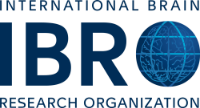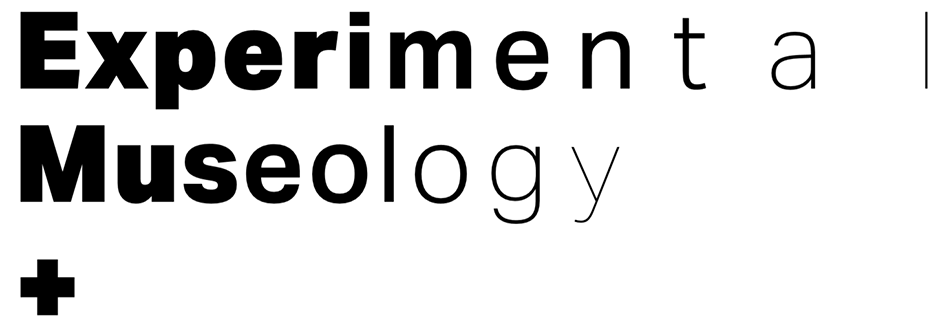United States of America | |
| Website |
|
About
|
Relevant People: |
United States of America | |
| Website |
|
About
|
Relevant People: |
Germany | Heidelberg |
| Website |
|
About The Institute posesses historical photographs of histological brain slices and also wet specimens made by Friedrich Arnold (1803-1890), who was chair of the Heidelberg Institut from 1852 to 1873. He first described the otic ganglion. In addition, there is a phrenology skull made of plaster which shows on one side the theory of Franz Joseph Gall (1758-1828), on the other side the idea which Johann Gaspar Spurzheimer (1776-1832) developed. |
Relevant People:Friedrich Arnold |
Netherlands | Oegstgeest |
| Website |
|
About You can take a journey through the human body starting at the feet and ending in the brain at CORPUS museum in Leiden, Holland. Offers audio tours in eight languages and has 3D projected presentations. |
Relevant People: |
Netherlands | Leiden |
| Website |
|
About Herman Boerhaave (1668-1738) was an influential physician and teacher of medicine in Europe. The museum has a vast collection of medical instruments, books, models, and wax figures as well as a reconstruction of an anatomical theatre. |
Relevant People:Herman Boerhaave |
Netherlands | Amsterdam |
| Website |
|
About The C. U. Ari¨ens Kappers brain collection, at the Netherlands Institute for Neuroscience in Amsterdam, is one of the largest and oldest of the world’s catalogued repositories of specimens that reveal the course of brain evolution and the resulting panoply of neural biodiversity. Established a century ago, it has served since then as the basis of the encyclopedic texts authored by its founder, as well as research publications into the current time. It consists of 726 specimens: these include 309 mammals, 134 birds, 81 reptiles, 21 amphibians, and 179 “pisces”—a grouping of bony fish, sharks, and cyclostomes. Housed in the Netherlands Institute for Neuroscience, the collection is the result of a life time’s labor by Cornelius Ubbo Ariëns Kappers during his directorship (1909-1946) of the institute and contains representatives of over 300 species of vertebrates, including man. |
Relevant People:C. U. Ari¨ens Kapper |
Netherlands | Amsterdam |
| Website |
|
About Museum Vrolik is the anatomical museum of the University of Amsterdam/Academic Medical Center. It was founded as a private collection by anatomist Gerard Vrolik (1775-1859) en his son Willem (1801-1863). The collection comprises around 15.000 anatomical preparations of both man and animals, normal, pathological and malformations, skulls, skeletons, bones, dried organs, preparations in liquid, microscopic slides, instruments. The historical core collection of the museum (brougt together between 1750 and 1950 includes specimens of neuroanatomy: topographical and regional anatomy of the brain & development of the fetal brain (both late 19th century and early 20th century), largely collected by anatomist Lodewijk Bolk; it also includes specimens of neural tube defects and other neurananatomical malformations (early 19th century & early 20th century)(mainly collected by father and son Vrolik and Lodewijk Bolk; finally it includes a small collection of comparative neuroanatomy (brains of different animals (early 19th century-early 20th century) Since 2016 we are the owner of the historical collection of comparative neuroanatomy of the Dutch National Brain Institute. This collection consists of both specimens in liquid and microscopic slides, collected between 1909 and 1940 (By neuroanatomist C.U. Ariens Kappers) Since 2017 we are the owner of the historical collection of comparative anatomy and zoology of the faculty of sciences (University of Amsterdam); this collection includes specimens of comparative neuroanatomy (brains of animals) collected between the 1880s and the 1940s, for a large part by zoologist Max Weber. |
Relevant People:Gerard Vrolik, Wilhem Vrolik, Lodewijk Bolk |
Armenia | Yerevan |
| Website |
|
About Being founded in 1978, the University Museum of History of Medicine of Armenia (MHMA) was formed partially through the collection of academician Levon Hovhannisyan and private collection of famous medical historian Vladimir Martirosyan, who was the founder and long-term director of the museum. Collections, including over 8000 objects, range from portraits, providing a pictorial and sculptural record of meritorious scientists and distinguished professors, their manuscripts and memoirs, to the exquisitely displayed medical instruments, and appliances used in traditional medicine best illustrating different stages of progress of medicine in Armenia throughout the history. |
Relevant People: |
Ukraine | Kyiv |
| Website |
|
About The National Museum of Medicine of Ukraine is one of the largest in Europe, covering medical history from ancient times to present day. The museum has: a collection of medical artifacts, and anatomical specimens, an archive of scientific publications and documents, portraits of prominent scientists and physicians, and even dioramas depicting important events in Ukranina medicine. For neuroscience, the museum preserves the work of Vladimir Betz, who discovered motor areas of the brain and has a type of neuron (a giant pyramidal cell) named after him. |
Relevant People:Vladimir Betz |
Ukraine | Lviv |
| Website |
|
About This Museum is an affiliate of the university that serves as both a museum and a resource for students. Its exhibits include: Lviv Medical University: Past and Present, Ukrainian history (secret) University in Lviv, Doctors Galicia participants liberation struggle, History of the Ukrainian Medical Association of Lviv, History Hospital “National Hospital” in Lviv, Exhibition of medical instruments, medicines. |
Relevant People: |
Russia | Moscow |
| Website |
|
About The Museum of Brain Evolution is the only exhibit in Russia and CIS dedicated to the evolution of the brain. It was opened in 1928 as a part of Neurological Scientific Centre in Moscow. Its collections include phylogeny of the nervous system, ontogeny of the human brain and brain anatomy. The Phylogeny of the nervous system collection features over 300 items (from coelenterates to primates). The exhibits of the museum serve as an initial introduction to the structure, development, functions and mechanism of animal and human nervous systems. It also provides an in-depth study of the general and specific issues of neurophysiology. The Museum of Brain Evolution offers a course of lectures on neurophysiology and related topics. |
Relevant People: |
| Supported by |
In collaboration with |
  |
  |
| All information and images rights are reserved to the corresponding institutions. | Theme and design: by David Martinez Moreno. |